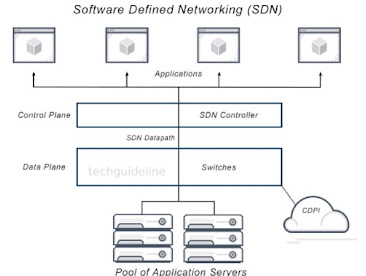Junction Field Effect Transistor
The Junction Field Effect Transistor, or
JFET is a voltage controlled three-terminal unipolar semiconductor device
available in N-channel and P-channel configurations In
the Bipolar Junction
Transistor tutorials, we saw that the output Collector the current of the transistor is proportional to input current flowing into The base terminal of the device, thereby making the bipolar transistor a “CURRENT”
operated device (Beta model) as a smaller current can be used to switch a
larger load current.
The Field Effect Transistor, or simply FET however, uses the voltage that is
applied to their input terminal, called the Gate to
control the current flowing through them resulting in the output current being
proportional to the input voltage. As their operation relies on an electric
field (hence the name field effect) generated by the input Gate voltage, this then makes the Field Effect Transistor a
“VOLTAGE” operated device.
The Field Effect Transistor is a three terminal a unipolar semiconductor device that has very similar characteristics to those of they are Bipolar
Transistor counterparts. For example, high efficiency, the
the instant the operation, robust and cheap and can be used in most electronic circuit
applications to replace their equivalent bipolar junction transistors (BJT)
cousins.



Comments
Post a Comment